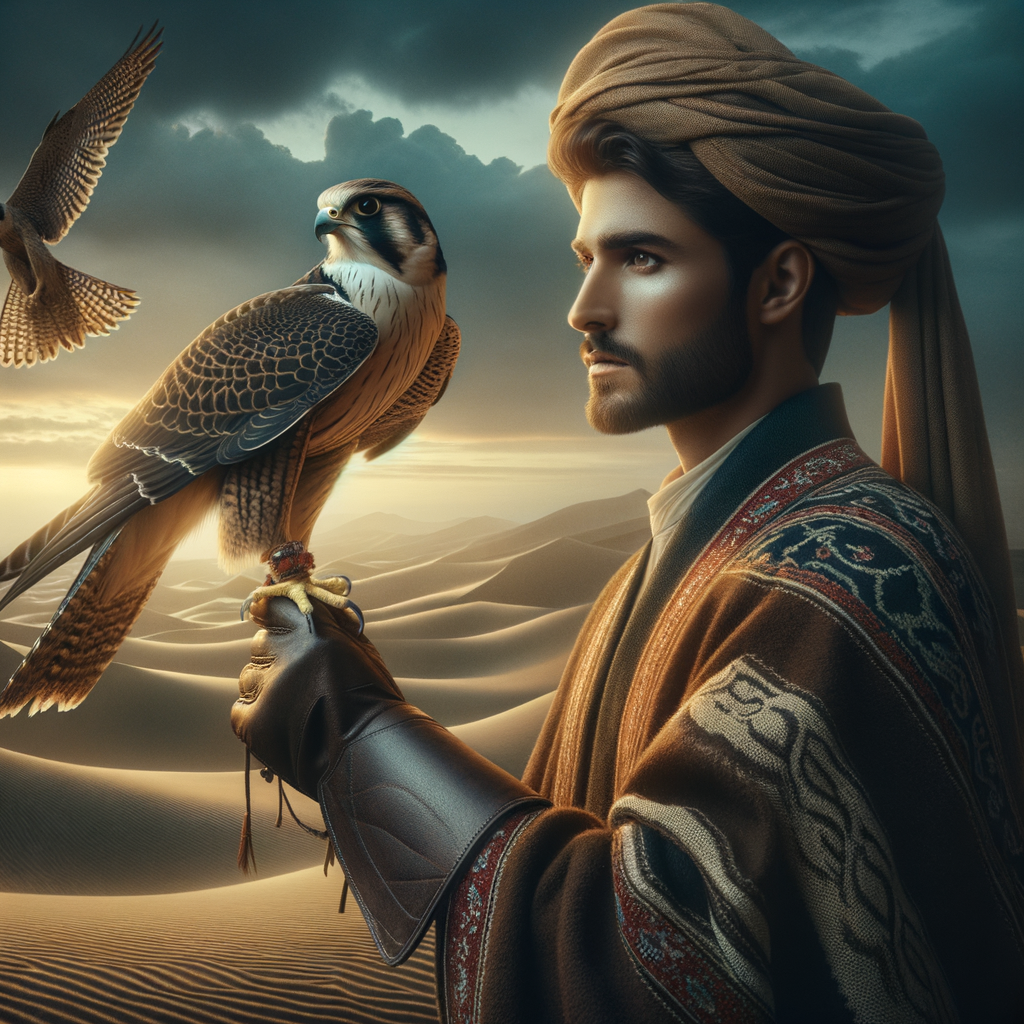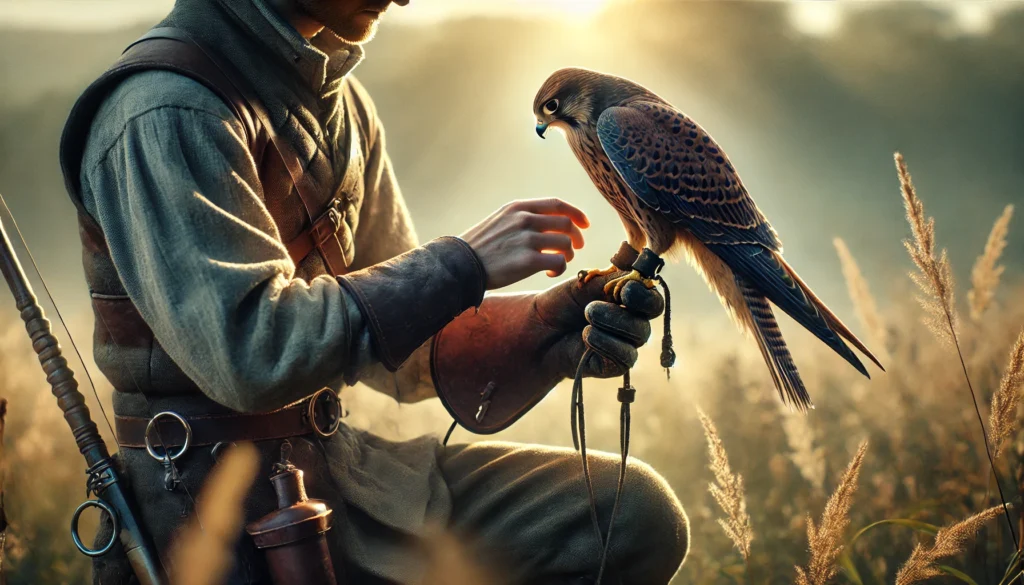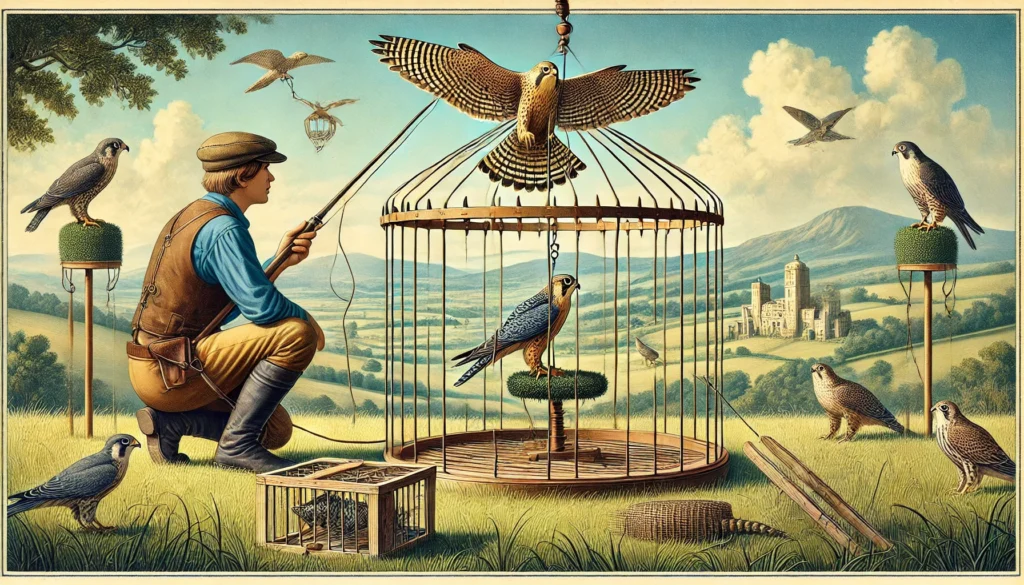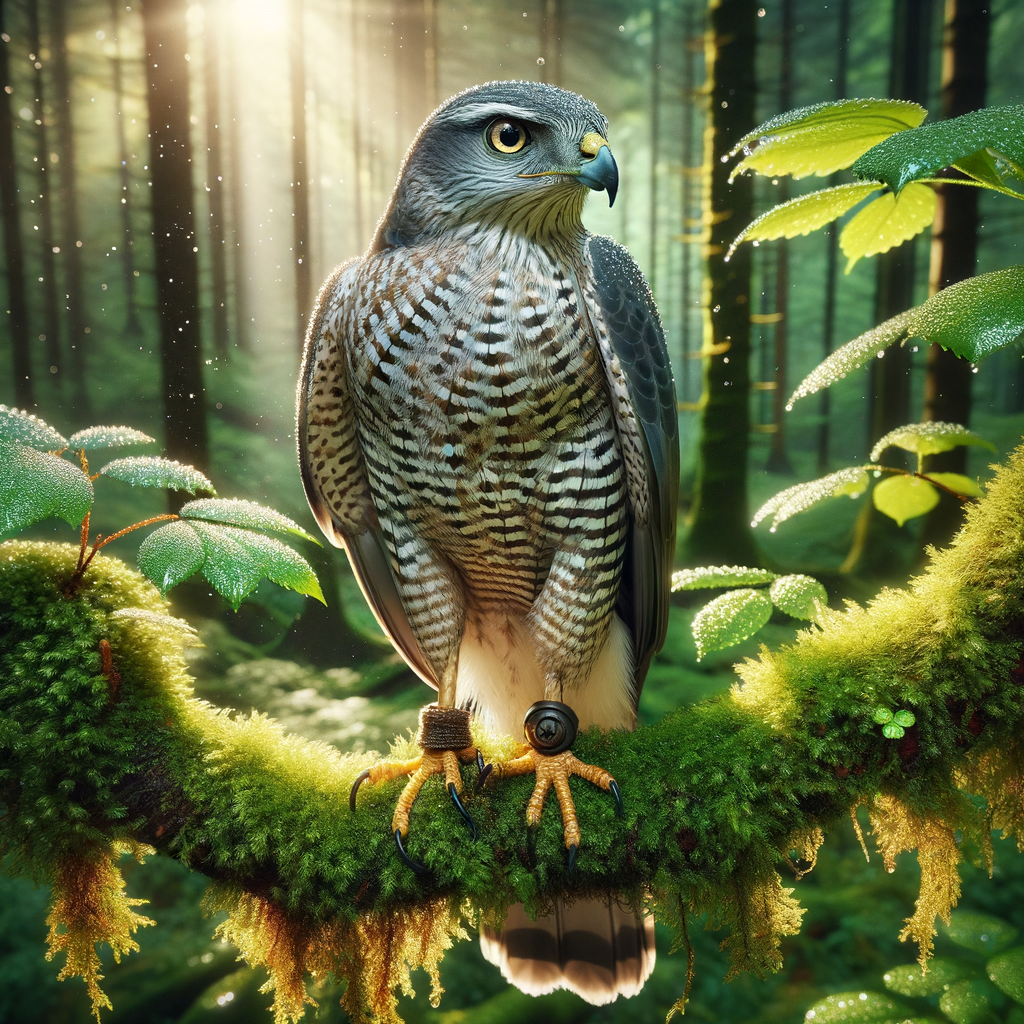The Rich History and Cultural Significance of Falconry
- Ancient Art: Falconry has its roots in ancient Persia and has been practiced for over 4,000 years.
- Cultural Heritage: It is not just a sport but a deep cultural tradition with historical significance in Persia.
- Royalty’s Pastime: Falconry was once a pastime reserved for Persian kings and nobility.
- Skills and Training: It involves training birds of prey, especially falcons, to hunt in cooperation with humans.
- Bonding with Birds: The practice fosters a unique bond and mutual respect between the bird and the falconer.
- Symbol of Prestige: In Persian culture, falconry is a symbol of prestige and honor.
- Modern Day Practice: Today, it is enjoyed by people around the world, bridging ancient traditions with contemporary life.
- Educational Value: Falconry offers educational insights into wildlife conservation and avian biology.
- Spiritual Connection: It provides a deep sense of spiritual connection with nature and wildlife.
Learn more about this fascinating tradition and how you can be a part of it with Learn Falconry!
Falconry in Persian Culture: A Rich Legacy Worth Exploring
Imagine walking through the lush, green landscapes of Ireland and coming across one of those ancient, heroic tales of Irish warriors with their trusted companions’steadfast falcons. Pretty captivating, right? Now, let’s take that curiosity and fly it all the way to Persia, where falconry isn’t just a pastime, but a deeply rooted tradition that dates back thousands of years. Fascinating, isn’t it?
At Learn Falconry, we’re passionate about guiding you through the soaring histories and cultures where falconry has left its majestic imprint. Falconry in Persian culture is like a well-woven Irish tapestry’rich, intricate, and steeped in stories that deserve to be told and retold. This age-old practice isn’t just about taming a bird of prey; it’s about understanding a heritage, a way of life, and a bond between humans and nature that is both profound and inspiring.
In this article, we’ll journey through how falconry became an integral part of Persian nobility and common life alike, and why it continues to enchant modern-day falconers. So, if you’re curious about this fascinating aspect of Persian culture, you’re in for a treat! Keep reading to discover tales of kings and commoners, majestic birds, and why preserving this captivating tradition is crucial. Trust us’just like a visit to those whimsical Irish landscapes, once you begin exploring, you won’t want to stop.
The Rich History of Persian Falconry in Culture
Falconry has been an esteemed and legendary practice across many cultures, especially in Persia, now Iran. Persian falconry, with its deep historical roots and sophisticated techniques, stands out as one of the oldest and most esteemed traditions in the world. Let’s dive into the fascinating legacy of falconry in Persia, exploring its long-standing place in Persian culture and its unique customs.
Origins of Falconry in Persia
Falconry in Persia dates back thousands of years, with evidence suggesting that the sport was practiced as early as the first millennium BC. Throughout history, falcons have played a significant role in Persian society, symbolizing power, freedom, and prestige. You can learn more about the ancient origins of falconry by visiting Ancient Origins of Falconry.
Persian Falconry Traditions
The art of falconry in Persia was not just a hobby but a highly structured and reverent tradition. Persian falconry traditions involved meticulous training methods and special equipment tailored to the practice. For example, specific types of hoods, known as ‘balaçuq,’ were crafted to fit the head of each falcon perfectly, protecting their eyes when not hunting. These hoods and other essential falconry gear can be explored in detail at Falconry Equipment.
Training Falcons in Iran
Training a falcon in Iran requires dedication, expertise, and patience. Persian falconers have developed unique training techniques that have been passed down through generations. The process often begins with ensuring the falcon’s comfort in captivity, followed by gradual training exercises that teach the bird to obey commands and hunt efficiently. To understand these training methods in more depth, please visit Training a Falcon.
The Cultural Significance of Falconry in Iran
Falconry in Iran transcends the mere act of hunting; it is steeped in cultural and spiritual significance. Over centuries, manuscripts, poems, and art have celebrated the majestic relationship between Persians and their falcons. The pride and honor associated with falconry are still evident in modern-day Iran, where the sport is considered not only a connection to nature but a preservation of heritage. Read more about the cultural impact of falconry in different societies at Falconry in Cultures.
Falconry Techniques in Persian Culture
The techniques used in Persian falconry are as diverse as the landscape of Iran itself. The country’s varied terrain, from sprawling deserts to towering mountains, has influenced both hunting styles and the species of falcons employed. Whether practicing sophisticated ambush strategies in dense forests or employing high-soaring tactics in open plains, Persian falconers have adapted their techniques over centuries. For more on traditional and modern techniques in falconry, visit Falconry Techniques.
Preservation of Persian Falconry Traditions
Today, efforts to preserve Persian falconry traditions are more vital than ever. Falconers and enthusiasts work to keep these ancient practices alive, ensuring that the knowledge and cultural heritage are passed down to new generations. This includes teaching young falconers about ethical practices, training methods, and the importance of conservationist efforts. Learn more about the evolution and preservation of these techniques at Evolution of Falconry Techniques.
Embark on your journey to understand more about the captivating world of falconry and its significant place in Persian culture by exploring our resources on Learn Falconry.
Insight into Falconry in Persian Culture
Persian falconry has a storied history, playing a significant role in the culture and traditions of ancient Persia. Let’s explore various aspects of falconry in Persia that highlight its importance and evolution over time.
Historical Significance
Falconry has been an important element of Persian culture, dating back to the Sasanian era in the 3rd century CE. These ancient traditions have been an integral part of the Persianate world through religious and ideological practices up to the pre-modern period. The falcon has long been a symbol of power, authority, and legitimacy among Persian rulers and nobility.
Conservation Efforts
In modern times, the conservation of falcon species is a significant aspect of Persian falconry. The practice of training and releasing young birds into the wild aids in the survival and growth of raptor populations. Events like the Falcon Day International Forum, scheduled for September 3, 2024, focus on these conservation efforts, addressing the sustainability of different falcon species, such as the Gyrfalcon and Peregrine Falcon.
Regional Variations
Falconry traditions in Persia have generated unique regional adaptations across different regions. For example, practices in the Punjab of India and Pakistan, the North-West Frontier province of Pakistan, and the Persian Gulf states all reflect variations that make Persian falconry a rich and diverse cultural practice.
Falconry Petroglyphs
Recent discoveries in Iran reveal petroglyphs that shed light on the connection between ancient humans and birds of prey. These rock carvings provide valuable insights into how falconry has been an essential part of the region’s history and heritage.
Continued Interest
Even though falconry declined in Europe, it remained popular in Persia. Persian literature continued to produce treatises on the subject well into the modern era, such as the BÄz-nÄma-ye nÄá¹£erÄ« published in 1285/1869, demonstrating the perpetual interest and importance of falconry in Persian culture.
Current Practices and Conservation
In contemporary Iran, falconry continues to be an integral cultural and recreational activity. Species such as the Lanner Falcon (Falco biarmicus), though globally considered of Least Concern, face local challenges. Conservation efforts are critical, with research on the effects of falconry providing essential data to support sustainable practices.
Data Representation
| Aspect | Importance |
|---|---|
| Historical Significance | Integral since Sasanian era (3rd century CE) |
| Royal Patronage | Symbol of royalty and military prowess |
| Literary and Artistic Influence | Inspired many literary works and artistic depictions |
| Conservation Efforts | Crucial for species like Gyrfalcon and Peregrine Falcon |
| Regional Variations | Present across different regions like Punjab and Persian Gulf states |
| Modern Practices | Continued cultural and recreational importance |
These aspects form a fascinating introduction to the cultural heritage and contemporary importance of Persian falconry. The region’s rich history and ongoing efforts in conservation underscore the enduring legacy of this ancient practice.
The Timeless Legacy of Persian Falconry
Persian falconry is more than just a sport; it is a deep-rooted cultural tradition that has been an integral part of Persian heritage for centuries. Dating back to the Sasanian era (3rd century CE), this ancient practice was a favorite pastime of Persian rulers and nobles, showcasing their military prowess and prestige. Falcons are revered in Persian culture, and their influence extends beyond borders, seen in the arabicized terms adopted by Arab falconry.
Even today, falconry in Persia holds a significant place, not just as a historical relic but as a modern effort in conservation. Events like the Falcon Day International Forum are dedicated to preserving falcon species and discussing strategic measures for their protection. Training methods rooted in positive reinforcement and strict regulations by wildlife authorities ensure that this noble practice continues responsibly.
From ancient petroglyphs to literary masterpieces and ongoing conservation efforts, Persian falconry remains a symbol of royal ideology and national pride. It is a testament to the enduring legacy and cultural richness that define Persia. Whether through historical texts or modern conservation forums, the story of Persian falconry is one that continues to soar high through the ages.



